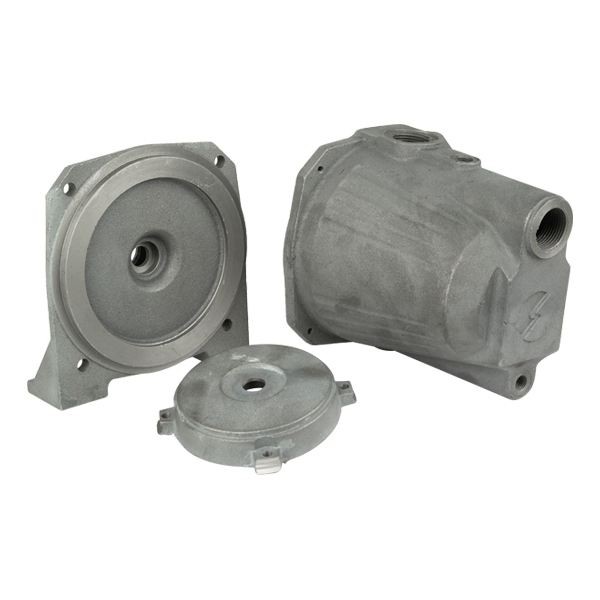Industry News
Home>News > Industry NewsCasting Process
Casting Process
Casting generally does not apply pressure, the strength of the equipment and the mold is not high, the size limit of the product is small, and the internal stress in the product is also low. Therefore, the production investment is small, and large-scale parts with excellent performance can be obtained, but the production cycle is long, and mechanical processing is required after molding. On the basis of traditional casting, methods such as pouring, insert casting, pressure casting, rotary casting and centrifugal casting are derived.
1. Perfusion
The difference between this method and casting is that the cast product is removed from the mold; while the mold is an integral part of the product itself.
2. Inlay Casting
Various non-plastic parts are placed in the mold cavity and solidified together with the injected liquid material to be encapsulated therein.
3. Pressure Casting
Applying a certain pressure to the material during casting is beneficial to injecting the viscous material into the mold and shortening the filling time, which is mainly used for epoxy resin casting.
4. Rotary Casting
After the material is injected into the mold, the mold rotates at a lower speed around a single axis or multiple axes, and the material is distributed by gravity on the inner wall of the cavity, and is shaped by heating and solidification. Used to manufacture hollow products such as spherical and tubular.

